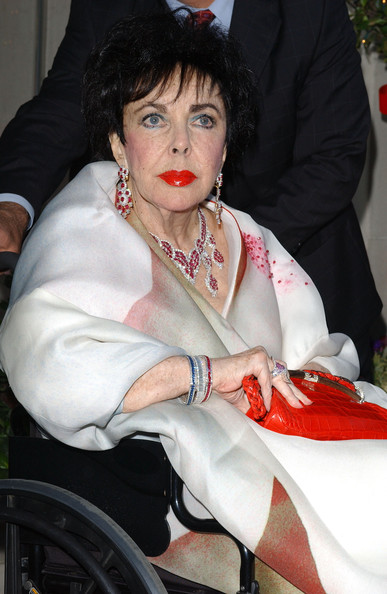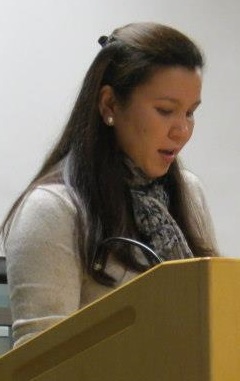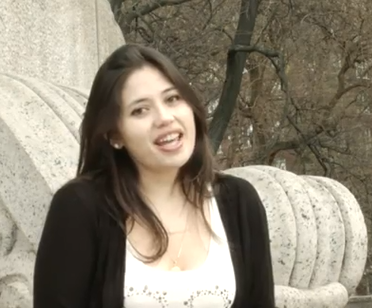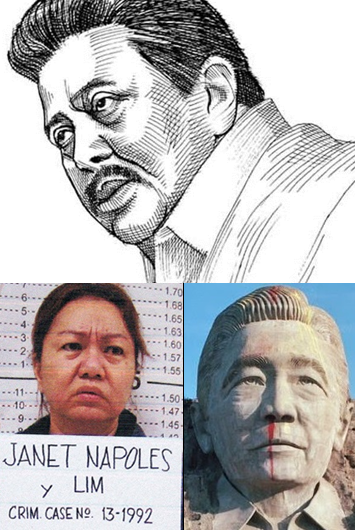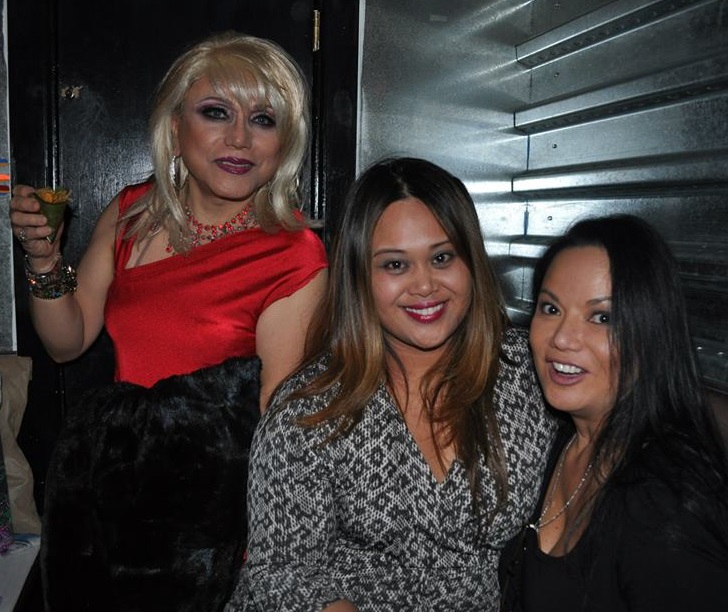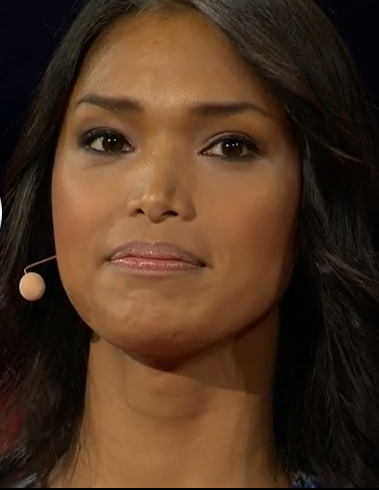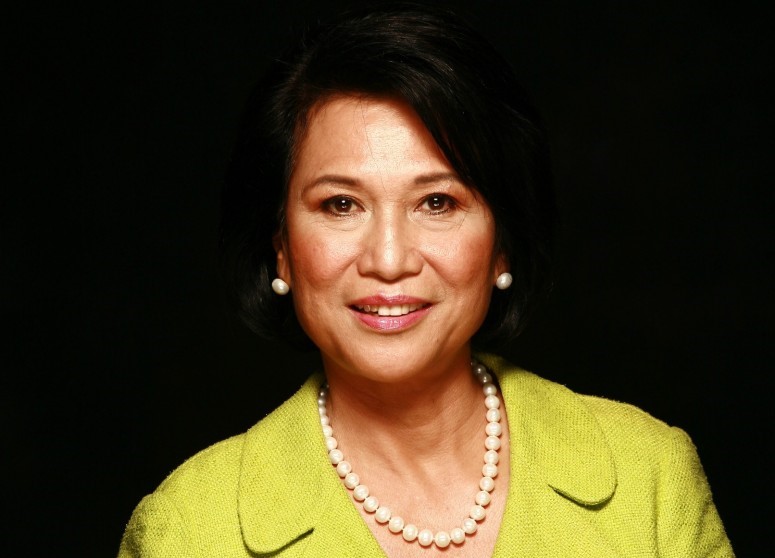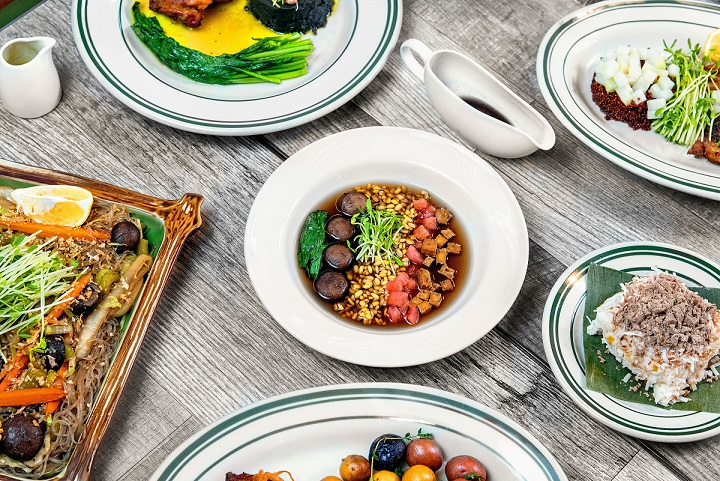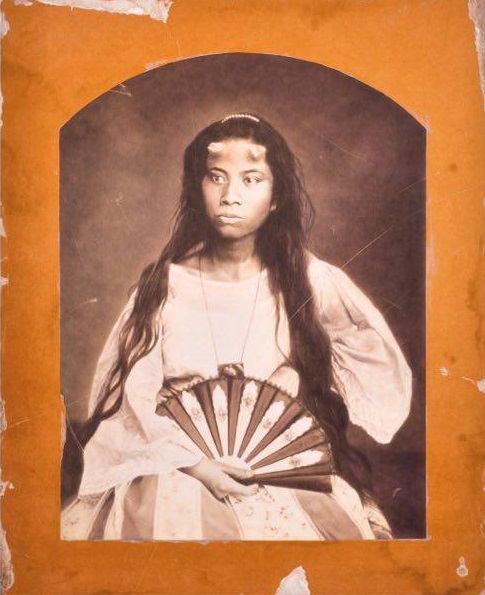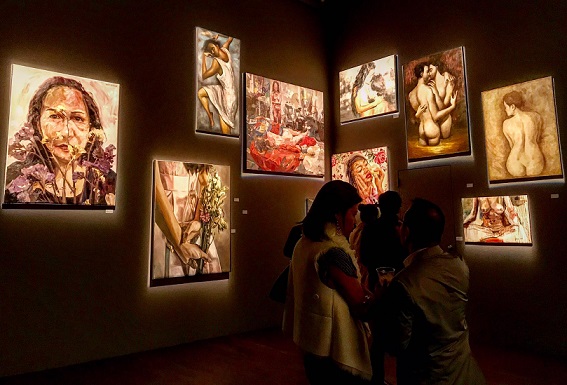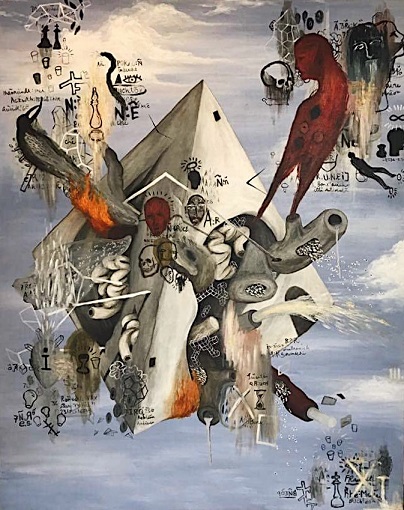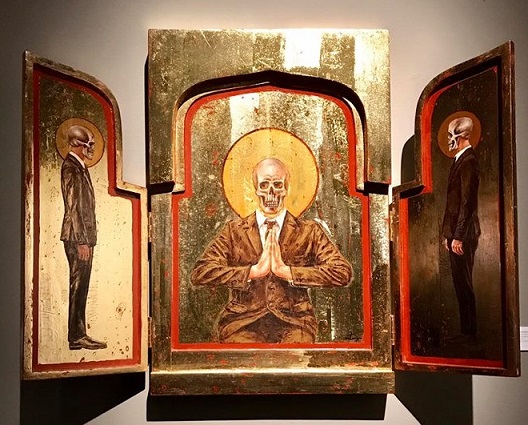From Antipolo to New York, Philippine contemporary art opens a door
By Cristina DC PastorIn the 1970s, a group of Fine Arts students from U.P. exhibited their paintings at the garden estate of noted neurologist Dr. Joven Cuanang in Antipolo outside Manila. It was martial law, and none of the established galleries in Manila wanted to showcase art that unmasked the ugliness of poverty or dire political corruption.
These students called themselves ‘Salingpusa.’
“They were on the sidelines of the established art which were residues of Imelda Marcos’s patronage. They couldn’t get into the mainstream galleries,” said Cuanang in a press conference with the FilAm media. “I invited them to my little place in Antipolo. Total liberty of creativity is what I wanted them to have.”
The gallery that emerged from the pilgrimage town of Antipolo – home to the church of Our Lady of Good Voyage — came to be known as “Pinto,” Tagalog word for door. It formally opened in 2010, although exhibits have been held all over Cuanang’s sprawling property — the garden, by the swimming pool and within rooms and halls — before it became the art destination and tourist attraction that it is today.
He bought many of the art works, accumulating more than a thousand pieces of paintings, prints, sculptures, wooden ‘bulol,’ and installation art. ‘Where am I going to put them,’ he thought then. Time passed, and his question wandered into ‘How can I help these artists?’
After the 1986 EDSA People Power revolt, the artists began claiming some space of their own. Cuanang converted his pied-a-terre in Cubao into what is now known as Boston Gallery. It became the artists’ new home and brought them closer to patrons who thought Antipolo was too far a trek to look for art to add to their collections.
Pinto pop-up
The Pinto Manhattan Manila pop-up exhibit at Donna Karan’s Urban Zen Gallery in New York came about as a collaboration of art collectors and enthusiasts. Fashion designer Karan is a friend of Ayala Corporation heiress Mercedes Zobel, who shares close personal connection with Filipino New Yorkers, such as Loida Nicolas Lewis, Jerry Sibal, Edwin Josue, Josie Natori, and Federico De Vera. Some of them were previously involved in the production of “Noli Me Tangere, the Opera” in New York.
For 24 hours, from May 22 to May 23, Pinto was an exuberant explosion of Philippine art, an outpouring of different individual styles, media, and messages.
On view were Ian Quirante’s surrealist paintings, Elmer Borlongan’s figurative images of ordinary folks, Emmanuel Garibay’s acrylic drawings, and Joven Mansit’s sepia images of turn-of-the-century women. Among the early sellers were Jose John Santos’ “Pile” sculpture, Pam Yan Santos’ “Free Range,” and Quirante’s “Untitled.”
Also participating were Mark Justiniani, Antonio Leano, Ferdinand Montemayor, Geraldine Javier, Riel Hilario, Raffy Napay, Marina Cruz, Rodel Tapaya, Leeroy New, Winner Jumalon, Jaypee Samson, Manuel Ocampo, Ronald Ventura, Rodel Tapaya, Jigger Cruz, Nona Garcia, Raffy Napay, and Dex Fernandez. These are artists, who, according to Cuanang, represent a direction in Philippine art that began with the figurative tradition and would later incorporate the influence of “modernist persuasions such as Surrealism, Expressionism, Minimalism to Social Realism.”
Quirante spoke to The FilAm by email.
“Dr. Cuanang really kickstarted my career in painting,” he said. “I was a third-year student in UP Fine Arts when I presented my sample works to Riel Hilario who was then the curator of Boston Art Gallery. When Doc Cuanang passed by and saw my works, I can still remember his exact words: ‘Riel! Whose artworks are these? They’re beautiful!’ Right there and then I was scheduled for a solo show.”
For the Pinto show, he remembers how one of his paintings made the cut.
“’The Navigator’ was an artwork that no one liked. It’s one of my favorite older work, the last of its kind. It was just sitting here in my studio collecting dust. And I was running out of space in my cramped-up studio. I asked Doc Cuanang if he knew anyone who’d be interested in this artwork. He liked it a lot and told me to include it for the Manhattan Manila show.”
Cuanang raised the possibility of the Pinto becoming a traveling exhibit promoting Philippine art to cosmopolitan capitals, such as Singapore, Paris, or Madrid.
“Just like the door,” he said, “Pinto becomes a pathway to new possibilities, new experiences, new thinking. A door to the world.”
Copyright © 2017 The FilAm


